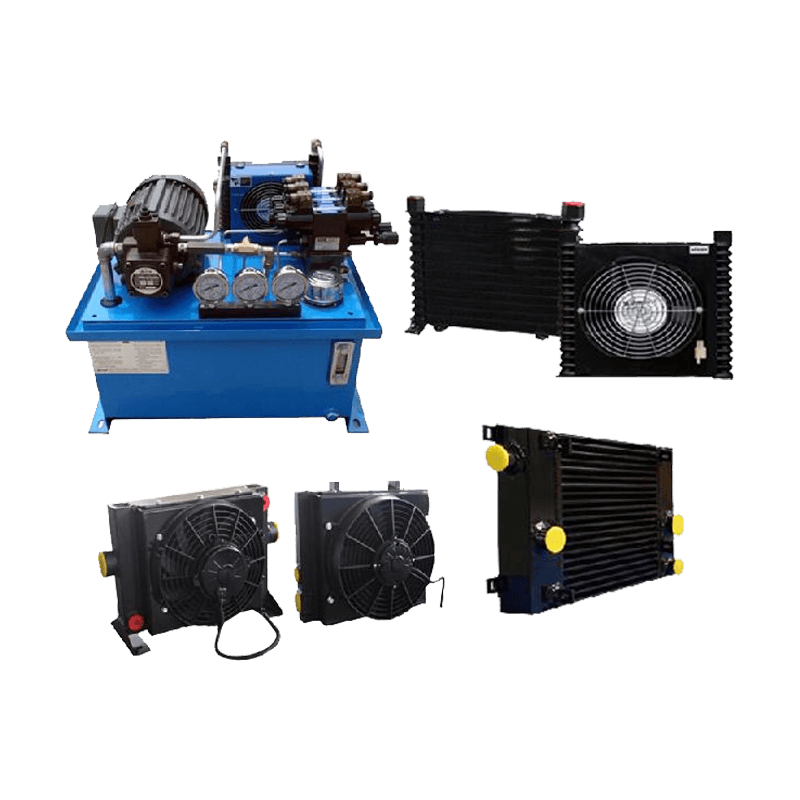 +86-13812067828
+86-13812067828
Even the most well-designed hydraulic system heat exchanger can encounter performance issues over time, especially in demanding industrial environments. Knowing how to identify and diagnose common failures is essential not only for keeping your system running efficiently but also for extending the lifespan of critical components. These challenges often develop gradually, and early detection can make a significant difference in avoiding downtime and unnecessary replacement costs.
One of the most noticeable signs of a failing heat exchanger is a steady rise in hydraulic fluid temperature despite normal operating conditions. This could indicate internal clogging, external fouling, or reduced heat transfer efficiency. Over time, contaminants like dirt, varnish, or scaling can build up inside the exchanger's channels or on its surfaces, reducing its ability to dissipate heat. If left unchecked, this thermal inefficiency can accelerate fluid degradation and stress other components in the hydraulic loop.
Pressure-related anomalies are another red flag. A sudden increase in pressure drop across the hydraulic system heat exchanger could point to a blockage, collapsing internal baffles, or even fluid bypass. These issues restrict flow and reduce the effective surface area available for heat exchange. In some cases, poor installation practices—like incorrect flow direction or undersized fittings—can also contribute to abnormal pressure behavior and early wear.
Leaks are more than just a mess—they’re often a symptom of deeper structural problems. In water-cooled or shell-and-tube designs, internal leaks may allow cross-contamination between the hydraulic fluid and the cooling medium, compromising both fluids and posing a significant risk to equipment. Leaks can also result from corrosion, vibration fatigue, or thermal cycling that weakens seals and joints over time. Regular visual inspections and pressure tests can catch these issues before they escalate.

Another subtle yet telling sign of heat exchanger trouble is inconsistent system performance under variable load conditions. If your equipment runs fine under light load but struggles when demand increases, the heat exchanger may be nearing its thermal limits or suffering from partial blockages. This can be especially problematic in mobile or high-speed applications, where temperature swings can happen quickly and system response must remain sharp and reliable.
From a maintenance perspective, diagnosing hydraulic system heat exchanger failures isn’t just about spotting symptoms—it requires a systematic approach that includes fluid analysis, thermal imaging, and a solid understanding of how the exchanger integrates into the broader hydraulic system. Experienced technicians often rely on temperature differential trends and flow rate monitoring to detect underperformance early. These methods are particularly effective when combined with historical system data and scheduled inspection routines.
As a seasoned manufacturer and supplier, we’ve supported customers across industries in identifying and resolving a wide range of hydraulic cooling issues. Whether you’re dealing with gradual efficiency loss or sudden failure, understanding how your hydraulic system heat exchanger behaves under real-world conditions is the first step toward proactive system health management. With the right support and attention, even aging exchangers can deliver reliable service well beyond expectations.